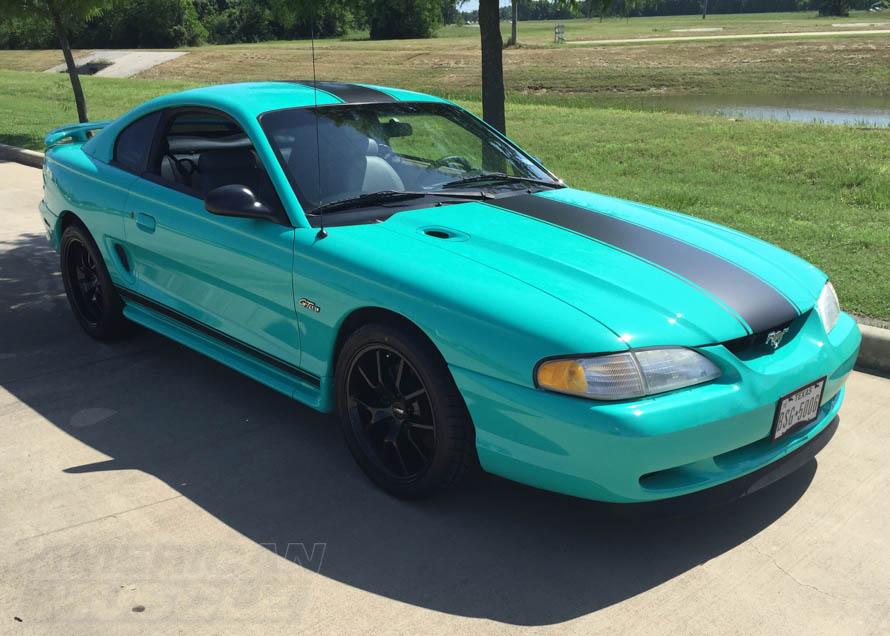All good things come to an end—this is certainly true for the legendary Foxbody Mustang that was discontinued at the end of 1993. There was no time for weeping though, as Ford followed it up with a brand-new SN95 Mustang that came packed with more horsepower, better handling, and addressed the issues that drove Foxbody owners mad. Below is a guide that will give you an indepth look at the Ford SN95 Mustang. Read on!
Contents
Shop SN95 Engine Parts
The SN95 Mustang enjoyed its limited run, yet there are still some Mustang enthusiasts who are still into this awesome vehicle. If you are looking for parts for repair and upgrade, what better place to look than here with us. We offer the highest quality and lowest cost for SN95 Mustang Engine Parts.
